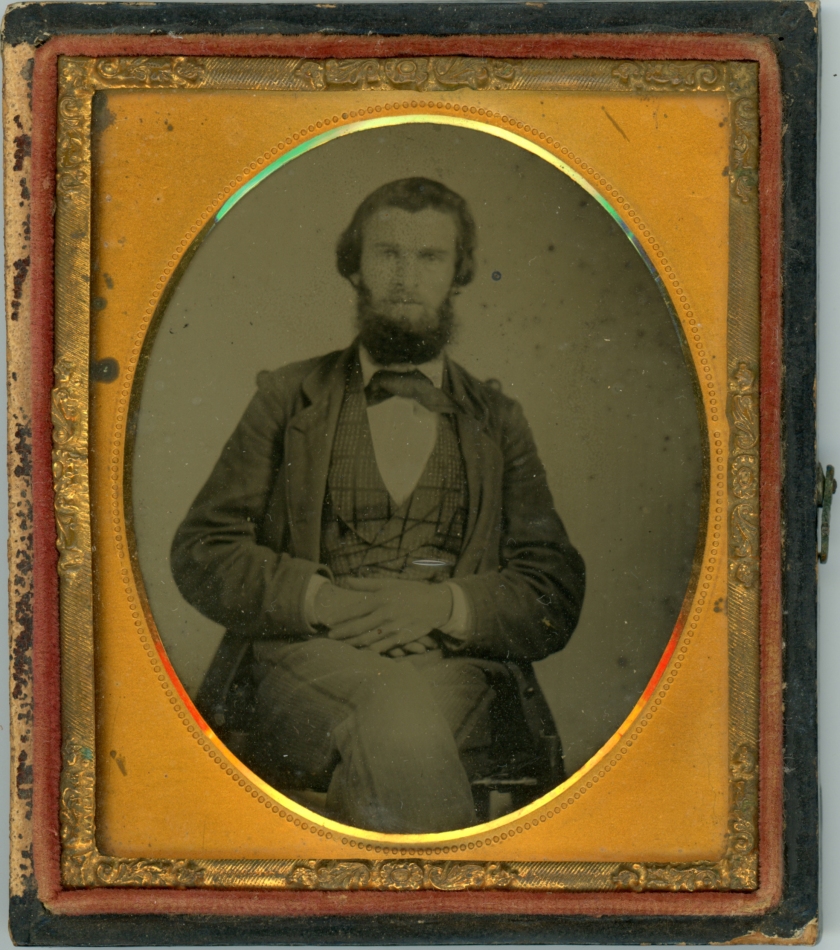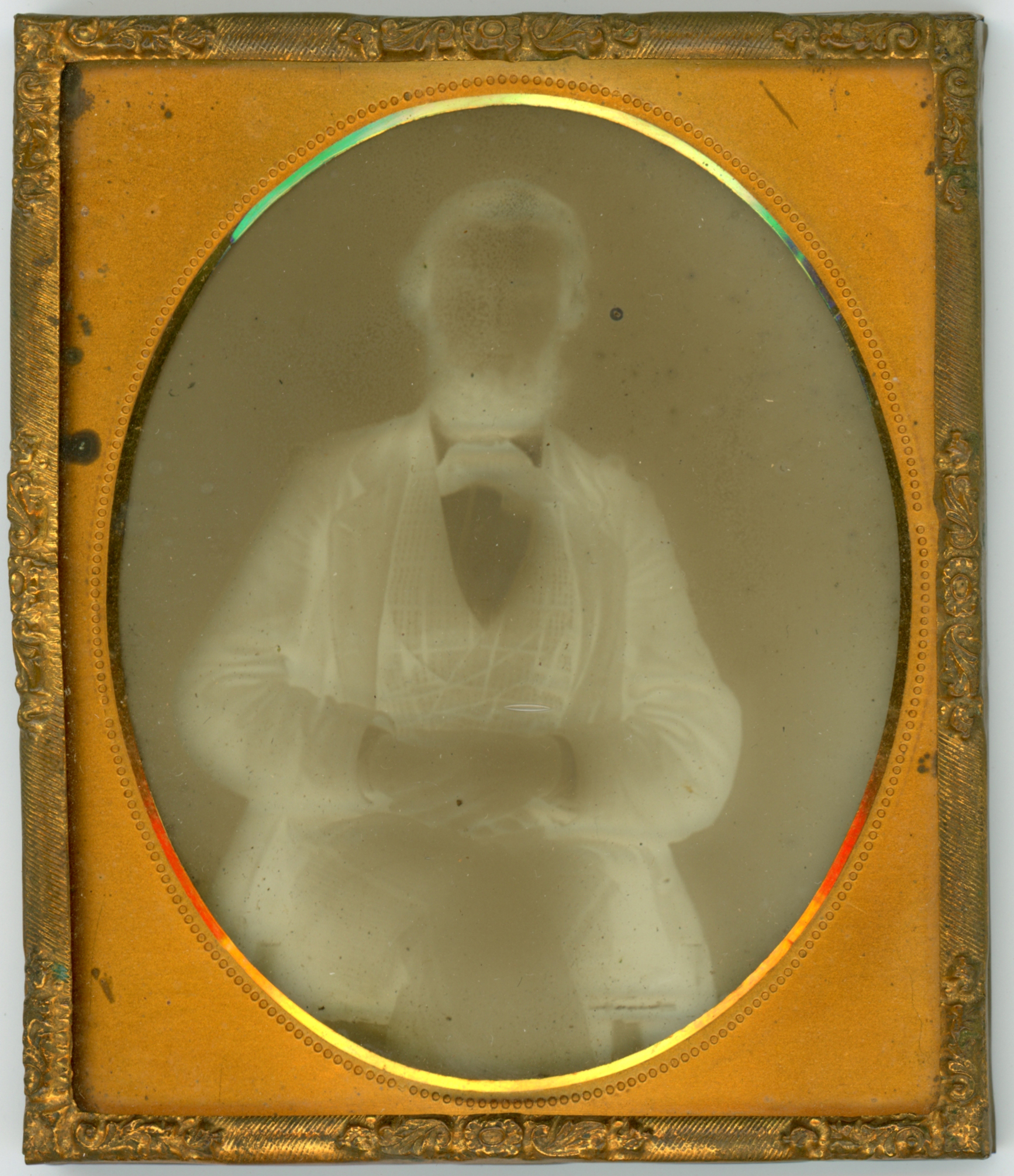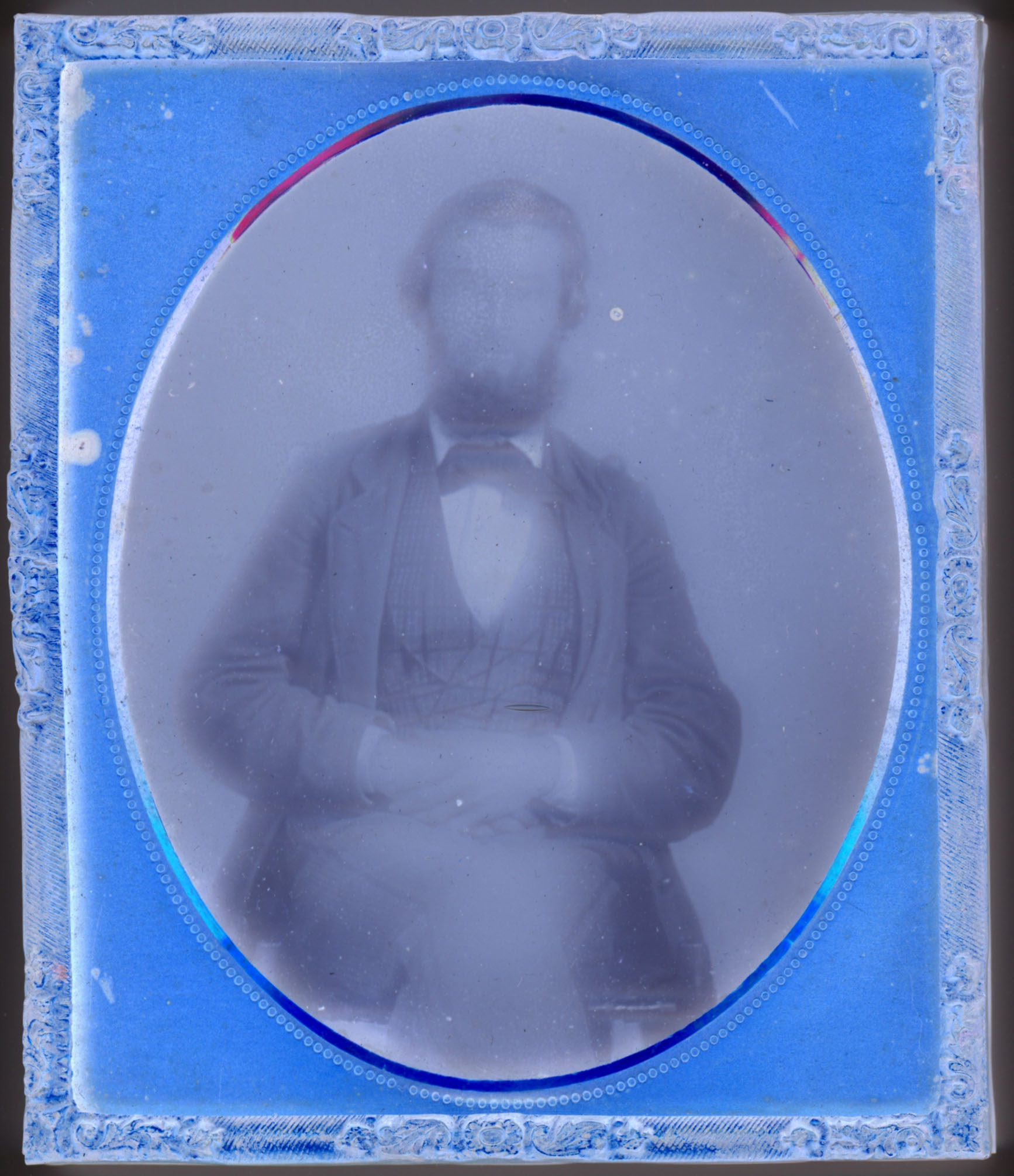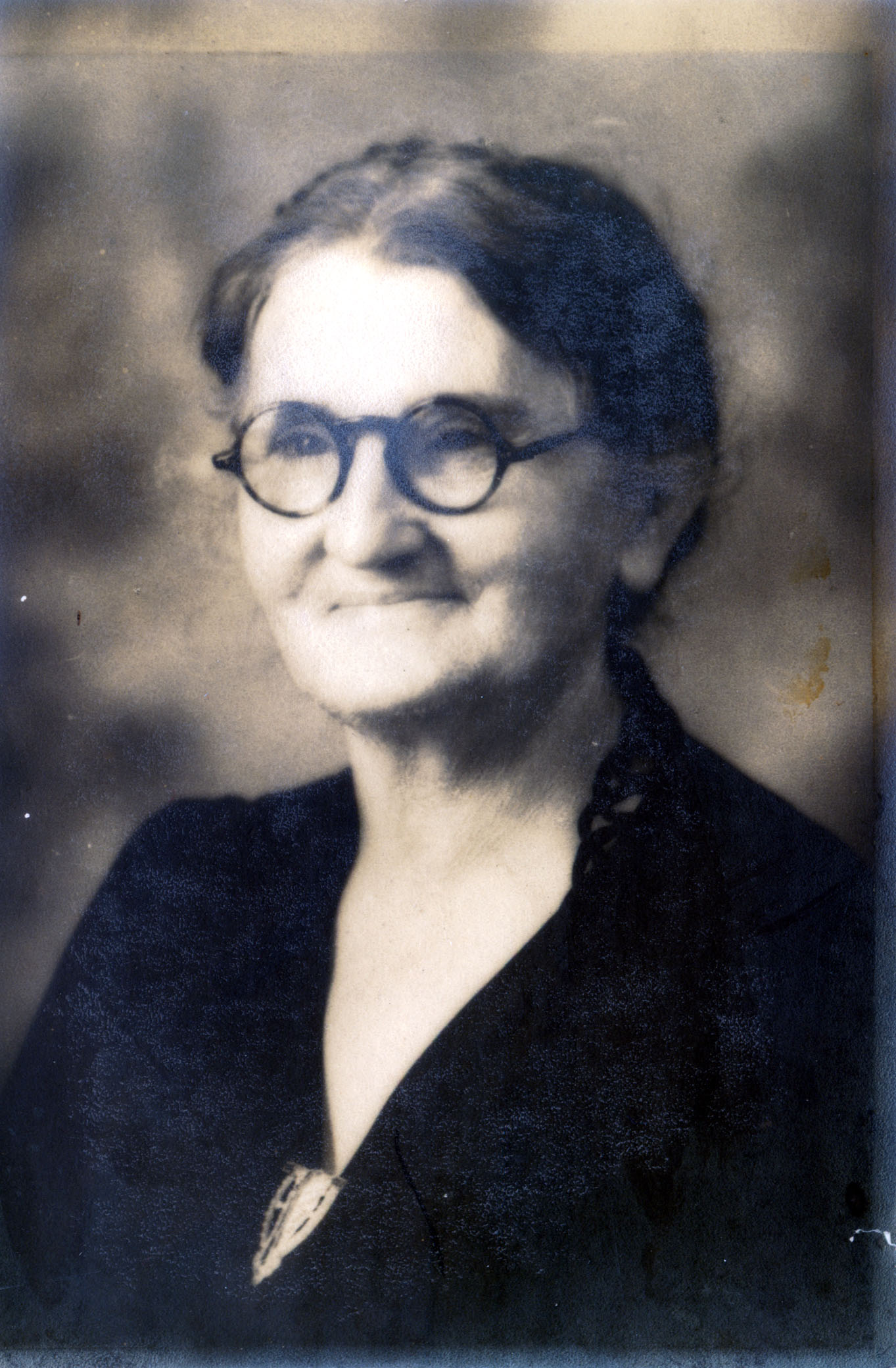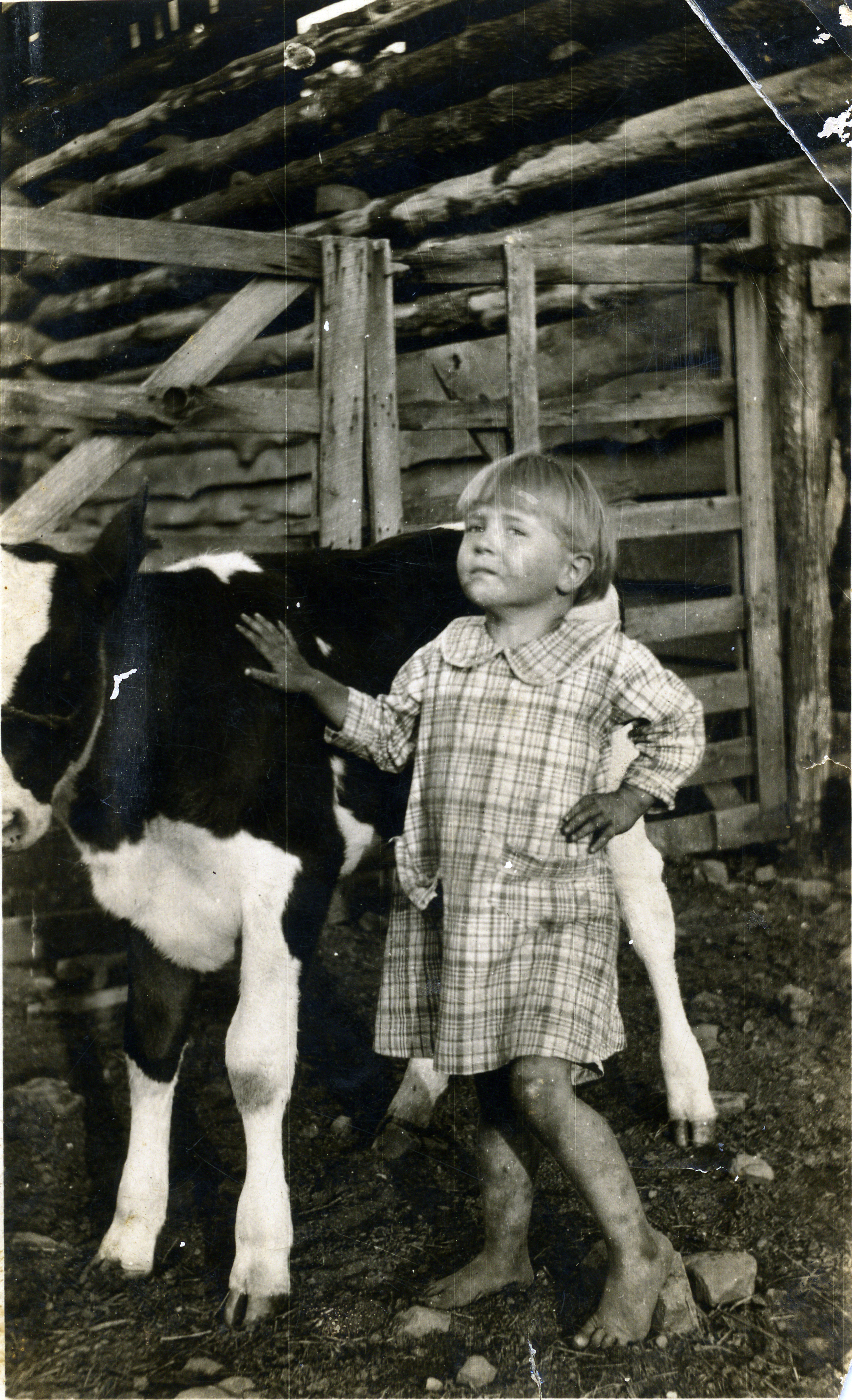Earliest – 52 Ancestors in 52 Weeks
I have many, many family photos. Most have names. Some have dates and places. Some don’t have either. Some of the names and places only exist in memory rather than in labels. Clearly, there’s room for improvement here.
There are many, many pictures of when I was little (I was the eldest). And many, many of when my father was little (so, was he). Fewer of my brother and of my uncle. I think the same thing seems to hold for my mom and her older sister. I actually have photos of all of my grandparents, all of my great-grandparents, and fourteen of my sixteen great-great-grandparents.
That means lots of carte de visite, tintypes, photo postcards and the like.
But, the earliest of all of these is an ambrotype. Ambrotypes were positive image photos, taken on glass. Since there was no negative created, each picture was unique. Since they were created on glass, they were fragile. While earlier ambrotypes exist, in the US, these were most popular starting around 1854-1855. And while later examples exist, they were quickly replaced by the less fragile and easier to reproduce tintype by the late 1860s. That means it’s pretty easy to narrow down a time when an ambrotype was made.
Dr. John W. Tennyson was born in 1809 in Green County, Kentucky. His family first landed in Maryland long before the Revolution. However, by the 1790s, the family seemed to get a bug for moving. First, they moved into North Carolina and then on into Kentucky. (Legend has is that they were neighbors to Daniel Boone’s wife’s family.)
Dr. John married Ann Malinda Biggers in Kentucky in about 1824. Still looking for proof of that marriage. It confuses me since the Biggers arrived in coastal South Carolina and I can’t quite figure out why she would be in Kentucky.
At any rate, the family continued to move. By about 1838, they had moved into Lauderdale County, Alabama. That’s the county along the very north-central border of Alabama, between the Tennessee River and the Tennessee line. (I certainly seem to have a lot of northern Alabama ancestors through this time. Maybe that’s a place I need to study more.)
Probably, after Dr. John’s father, John B. Tennison, died in 1857, Dr. John and his family moved into Mississippi, to Pontotoc County.
He was a physician and a farmer his whole life. Even late in life, he was licensed as a doctor. On his license application, he says that he was born in Green County, Kentucky and that he has practiced medicine for forty-one years.
Dr. John died in 1898 in Pontotoc County, Mississippi. He was buried in the Salem Independent Methodist Church Cemetery. He left a huge family behind. He and Ann Malinda had a dozen kids, and each of them seemed to have about the same. One of the descendants was the great golfer, Ben Hogan, the grandson of his daughter, Cynthia. But that’s a story for a different day.
Back to the early photo. Look again at that photo. First, like I said, it’s an ambrotype and printed on glass. The glass photo is set into a hinged case. Inside the case is a velvet lining. The photo itself can slip in and out (though I never do this – it’s too fragile).
When you take the picture out of the case, it appears like a negative, since it doesn’t have any kind of background to provide contrast. The picture on the left, above, is the actual glass photo. If you invert it so that it’s a negative, you can begin to see the image. And when you put it in the case, against the dark background, it appears as a normal photo.
So, when was this taken? I don’t know for sure. How old do you think Dr. Tennyson looks in this picture? We know he was born in 1809 and ambrotypes were primarily used from about 1855-1867. That puts him at about 50-55 for this picture. Does that look reasonable to you?
No matter what, being an ambrotype at any age, this is my earliest photo. And as my great-great-great-grandfather, he’s one of the earliest ancestors that I have in a photograph. I’ve only got about ten of my thirty-two great-great-great-grandparents in photos. (Is that humble-bragging?)

